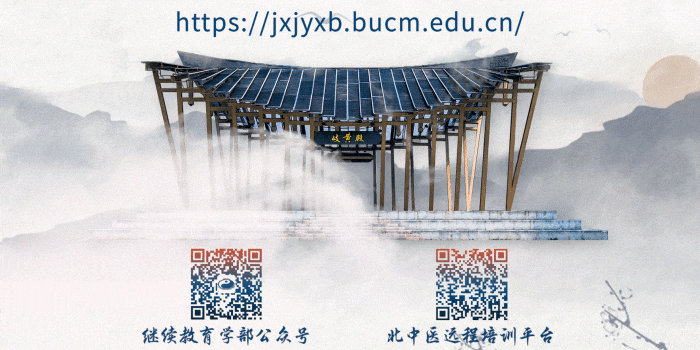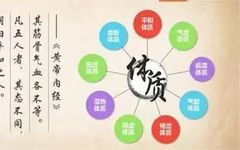
In recent years, with the increasing popularity of Traditional Chinese Medicine (TCM), the concept of “constitution” has become a hot topic. According to Professor Wang Qi’s classification of nine types of constitution, eight are considered imbalanced. Today, we will unveil the Qi Deficiency constitution!
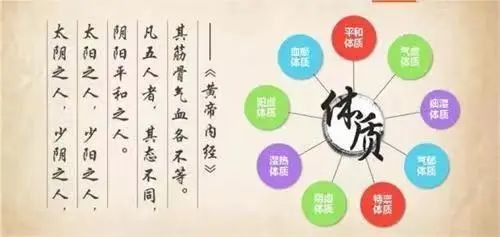
1
Understanding Qi Deficiency Constitution
The Qi Deficiency constitution is characterized by insufficient vital energy (yuan qi), primarily manifested as weak breath, and low functional status of the body and organs.
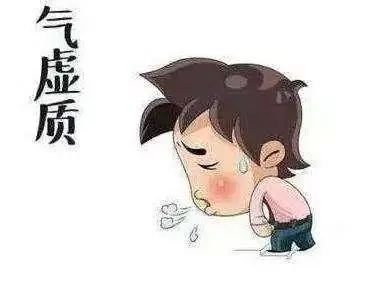
(1) Characteristics of Qi Deficiency Constitution
1. Physical characteristics: Weak muscles.
2. Common manifestations: Usually soft-spoken, short of breath, easily fatigued limbs, lack of energy, prone to sweating, pale red tongue, weak and slow pulse. The complexion may be yellowish or pale, lips lack color, hair is sparse, dizziness, forgetfulness.
3. Psychological characteristics: Introverted personality, unstable emotions, timid, and averse to risk.
4. Disease tendencies: Generally weak constitution, prone to colds due to weak defensive Qi; after illness, weak resistance leads to prolonged recovery; susceptible to organ prolapse and deficiency syndromes.
5. Adaptability to external environments: Poor tolerance to cold, wind, and heat.
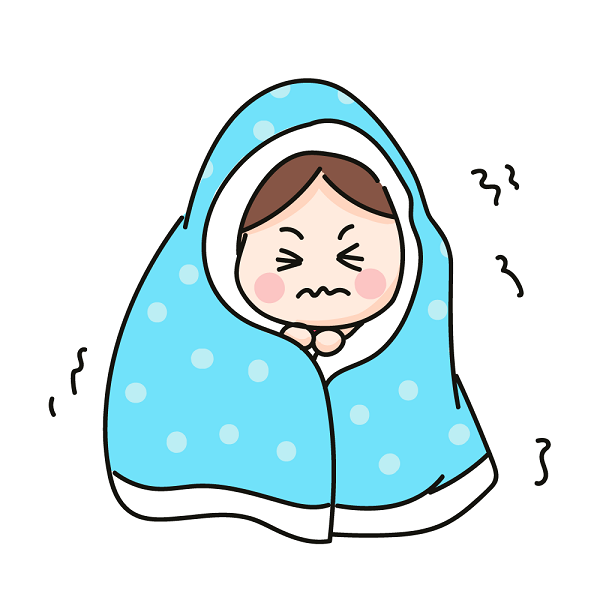
(2) Factors Contributing to Qi Deficiency Constitution
1. Congenital factors
The Qi Deficiency constitution may be influenced by congenital factors, such as weak parents or improper maternal care during pregnancy. As stated in the “Pediatric Essentials”: “Children are one with their parents; if the parents are weak, the child will inherit that weakness. If the lung Qi is insufficient, the skin will be fragile and cold; if the heart Qi is insufficient, the blood will lack color and vitality; if the spleen Qi is insufficient, the muscles will be weak; if the liver Qi is insufficient, the bones will be soft.”
2. Acquired factors
(1) Improper diet
Unhealthy eating habits leading to Qi Deficiency primarily include overeating and under-eating. The spleen and stomach are the source of Qi and blood production, and the processes of digestion, absorption, and excretion rely on their function. If food intake exceeds their capacity, it can damage the spleen and stomach, hindering Qi and blood production; conversely, insufficient food intake will lead to a lack of source for Qi and blood generation, resulting in deficiency. Therefore, both overeating and under-eating can affect Qi and blood production, leading to Qi Deficiency constitution.
(2) Improper lifestyle

TCM has emphasized the importance of a balanced lifestyle since ancient times. “Excessive labor depletes Qi”; overexertion can lead to insufficient Qi, resulting in Qi Deficiency constitution. “Prolonged lying down harms Qi”; lack of movement can also deplete Qi, exacerbating Qi Deficiency.
(3) Emotional disturbances
“The five organs correspond to five emotions, which generate joy, anger, sadness, worry, and fear.” Any abnormality in these emotions can lead to irregular Qi movement. Thus, the “Suwen: Discussion on Pain” states: “Anger causes Qi to rise, joy causes Qi to relax, worry causes Qi to stagnate, sadness causes Qi to dissipate, fear causes Qi to descend.” Emotional disturbances can affect Qi movement, leading to Qi Deficiency constitution.
2
Methods for Nourishing Qi Deficiency Constitution
(1) Dietary Nourishment
For individuals with Qi Deficiency constitution, health maintenance primarily focuses on strengthening the spleen and benefiting Qi, as well as nourishing the lungs and stomach. Here are a few dietary recommendations.
1. Ginseng and Poria Rice Porridge
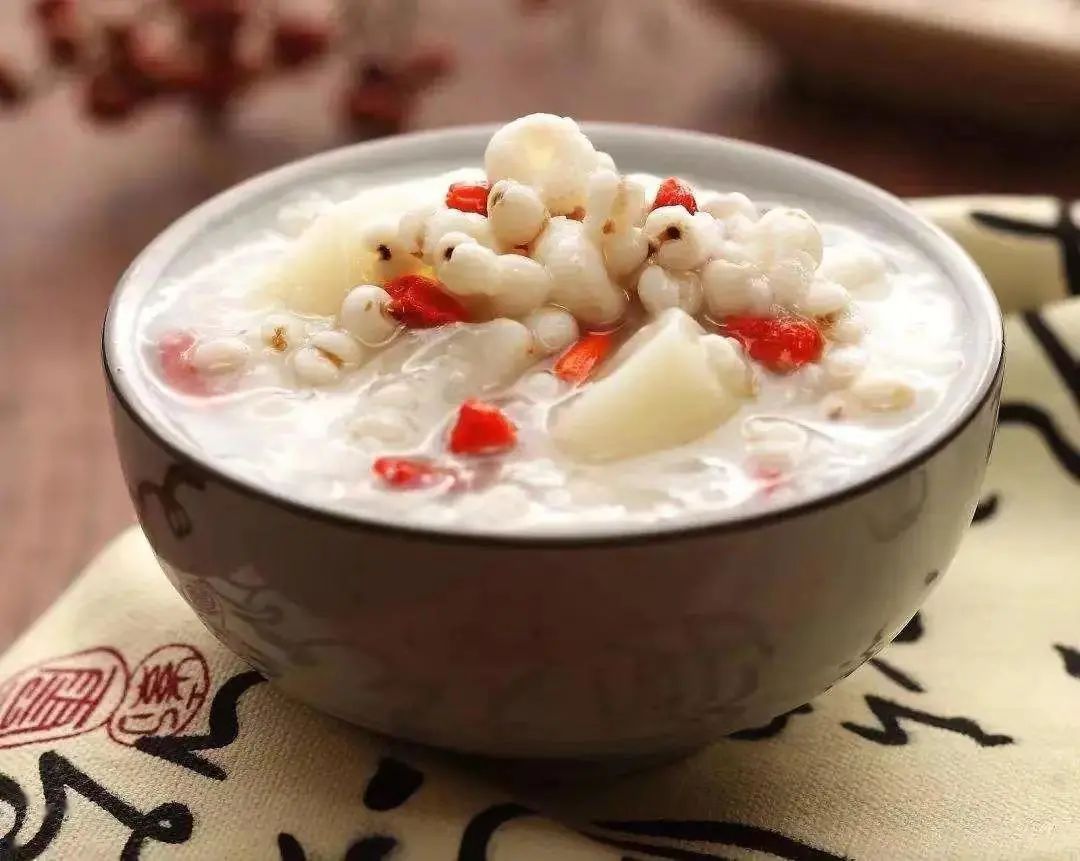
Ingredients: 10 grams each of ginseng (Ren Shen) and white poria (Bai Fu Ling), 100 grams of japonica rice, and appropriate amounts of ginger, salt, scallions, bamboo shoots, and chicken broth.
Preparation: Clean the ginseng, white poria, and ginger, wrap them in cheesecloth, and boil twice to extract the juice; add the japonica rice and cook into porridge; add scallions, bamboo shoots, and chicken broth just before it finishes cooking.
2. Lotus Root and Pork Stomach

Ingredients: 600 grams of Chinese yam (Tie Gun Shan Yao), half a pork stomach, 75 grams of lotus seeds (with hearts removed), and appropriate amounts of shiitake mushrooms, cooking wine, oil, salt, pepper, and broth.
Preparation: Soak shiitake mushrooms until soft and remove stems; peel and cut the yam into pieces; clean the pork stomach, blanch it in boiling water, then place it in a pot with cooking wine, pepper, and water, boil, then simmer until tender, and cut into strips; add all ingredients into the broth and simmer until soft, seasoning with salt to taste.
(2) Emotional Nourishment
Maintain a cheerful mood, avoid excessive worry, anxiety, and fear, ensuring normal Qi movement can improve Qi Deficiency constitution.
(3) Lifestyle Nourishment
Individuals with Qi Deficiency constitution are relatively delicate and should pay attention to warmth and protection from cold, while also avoiding invasion by wind and heat. Additionally, develop good sleep habits to ensure sufficient and quality sleep.
(4) Exercise Nourishment
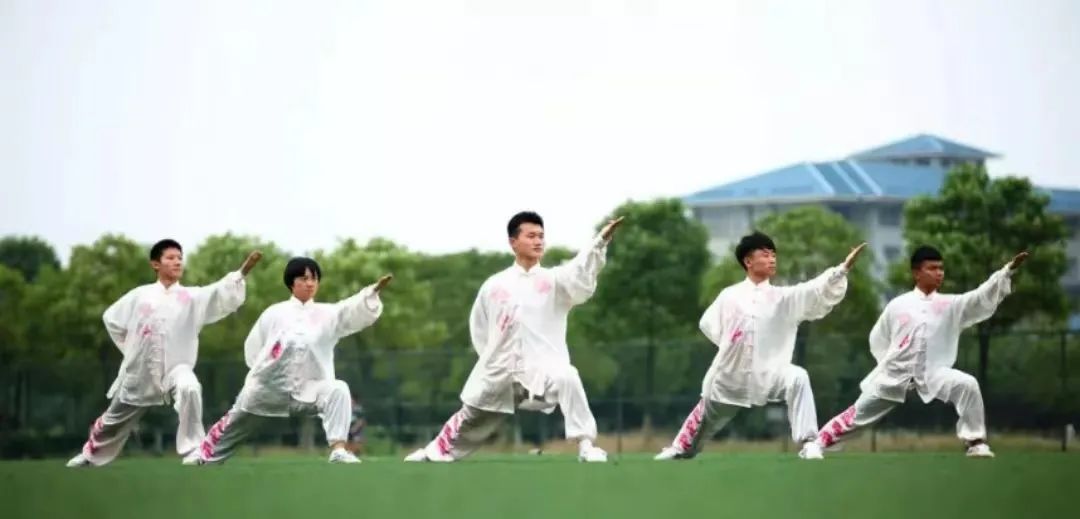
Individuals with Qi Deficiency should avoid high-intensity exercise and can choose gentler traditional practices such as Tai Chi, Ba Duan Jin, and Wu Qin Xi, maintaining regular exercise to improve their constitution.
For those with Qi Deficiency constitution, it is essential to maintain a balanced diet, combine work and rest, keep emotions stable, and exercise appropriately! This concludes our exploration of Qi Deficiency constitution. For more information on TCM, please stay tuned!
References:
[1] Wang Qi. Classification of Nine Basic TCM Constitutions and Their Diagnostic Basis. Journal of Beijing University of Chinese Medicine, 2005(04):1-8.
[2] Wang Qi, Research on the Establishment of Standards and Methodology for TCM Constitution Classification. Beijing, Beijing University of Chinese Medicine, 2006-06-10.
[3] Li Qin. Research on Health Preservation Methods for Qi Deficiency Constitution. Jiangxi University of Traditional Chinese Medicine, 2021.
[4] Mu Xiaoyuan. Research on Suitable Exercise Intensity for Individuals with Qi Deficiency Constitution. Chengdu Sport University, 2015.
[5] Mei Yulin. Dietary and Meridian Nourishment for Qi Deficiency Constitution. Laoyou, 2014.
Produced by the Continuing Education Department of Beijing University of Chinese Medicine
